
The textbook has long been the teacher’s best friend. Not only does it serve as a rich well of knowledge, it also provides a ready source of homework assignments: outlines. By assigning outlines, teachers seek to reinforce the subject material in compact, one-to-two page documents. In theory, rigorous teaching and an arsenal of outlines are a potent weapon for learning. However, teachers often rely on textbooks too much, and ignore the importance of in-class learning.
In Townsend Harris, countless teachers employ the use of outlines. Although many use the outlines for their intended purpose, some use them as a substitute for instruction altogether. This substitution introduces a reliance upon the textbook for all learning, rather than just a supplement. Granted, the textbook is a valuable guide for students seeking to understand a subject more thoroughly. Despite this fact, the classroom is undeniably where most of our knowledge should stem from.
Teachers who rely on textbooks force their students to study on their own outside of class. While students should be independent in certain aspects of their studying, a lack of classroom learning can have unforeseen consequences. Students who fly through pages of text can easily leave behind students who may need more help. And who’s to say the students who do read ahead will understand the concepts without a problem? Without a teacher to guide the class, students in the same class can easily wind up in different sections of the same textbook. Additionally, teachers often expect students to participate, but how can they expect a class to function if everyone is not on the same page?
Let’s consider for a moment that education revolved entirely around outlining textbooks. If this were the case, would there even be a point in attending school? In most instances, the teacher and the textbook possess the same understanding of the material. But if the only thing a teacher will tell us is to do is outline the textbook, what’s the point of attending school? What’s the point of having a teacher?
Students like teachers because they can convey the material in a manner that students can grasp. Even teachers that are referred to as “boring” are valued among students because they do something a textbook won’t: they actively teach their students. As knowledgeable as textbooks are, outlining them won’t provide anything outside of what is between their covers. What will a teacher do? A teacher can understand the student. A teacher can answer questions. A teacher can provide an engaging experience for his/her students. Outlining textbooks usually doesn’t do any of these things.
Some will claim that a textbook is all a student needs. Clearly they haven’t tried reading a textbook cover to cover. Oftentimes, a textbook’s over-wordiness and complexity can discourage students. While students should be giving an effort when they read, staring at page after page of text is something many students can easily tire of. The teacher, contrarily, offers a down-to-earth, comprehensive breakdown of the subject, that doesn’t involve massive blocks of text. As a result, students tend to value classroom time more than textbook time.
By abusing the helpful nature of outlines, teachers send a message to students: you learn more so we teach less. Outlines are becoming little more than the idle teacher’s solution for not teaching. While outlines are meant to strengthen the backbone of the education process, they cannot become the process itself.





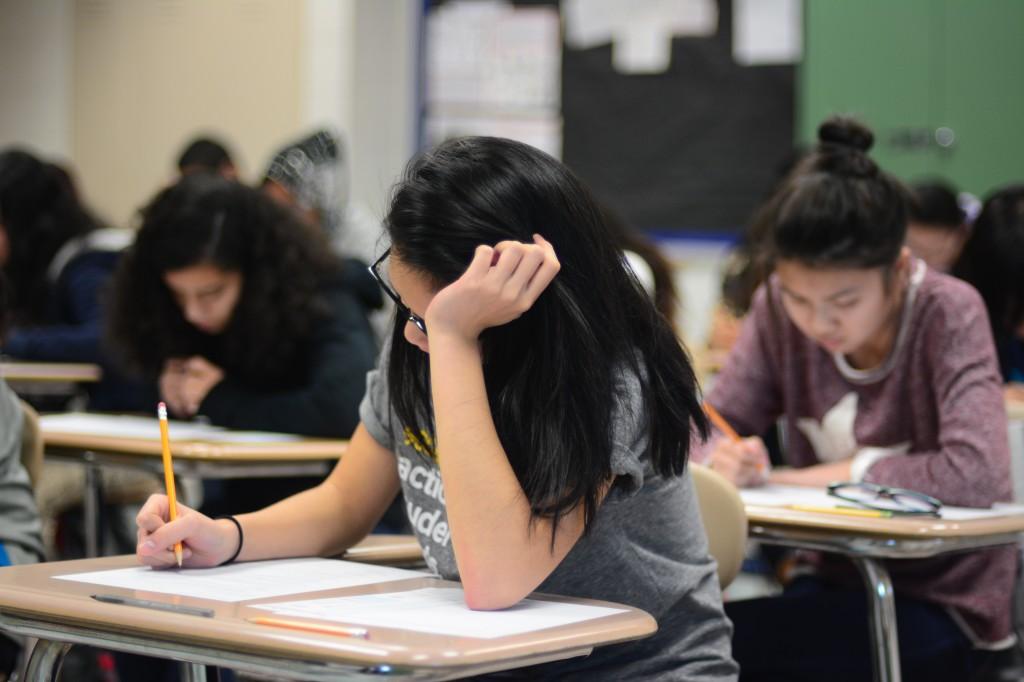


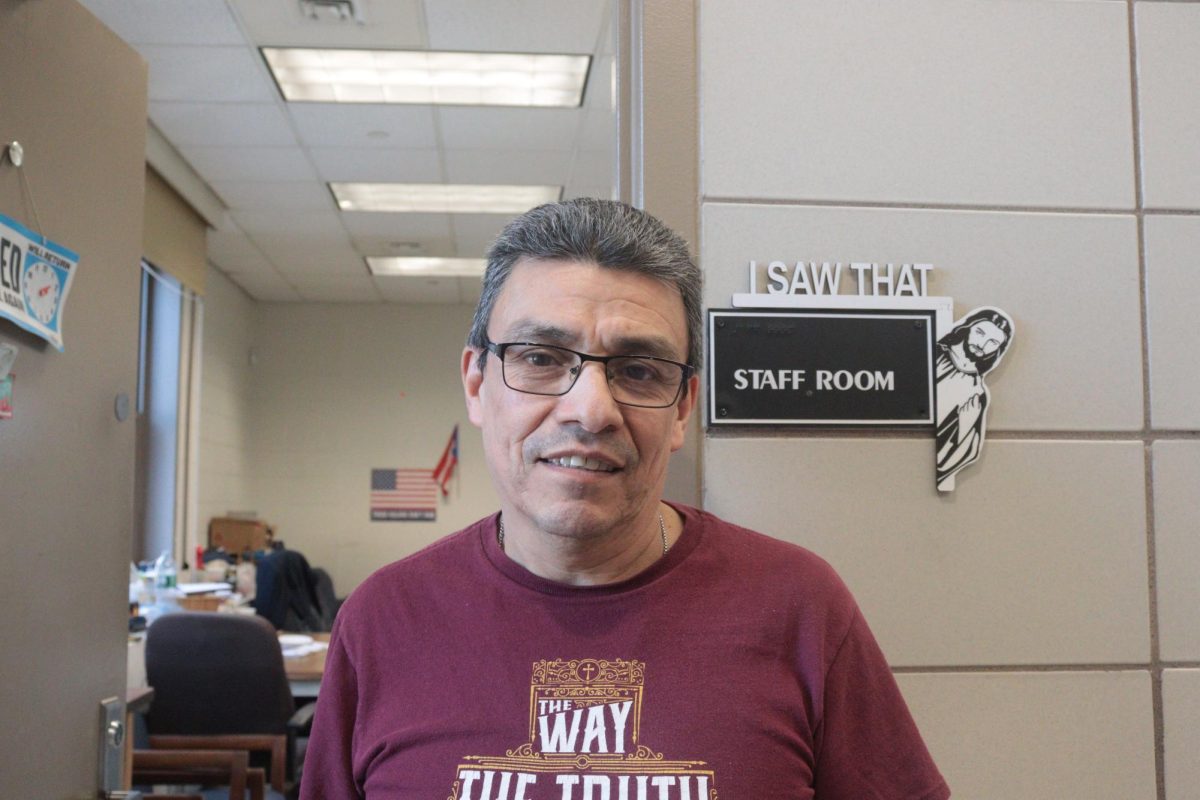
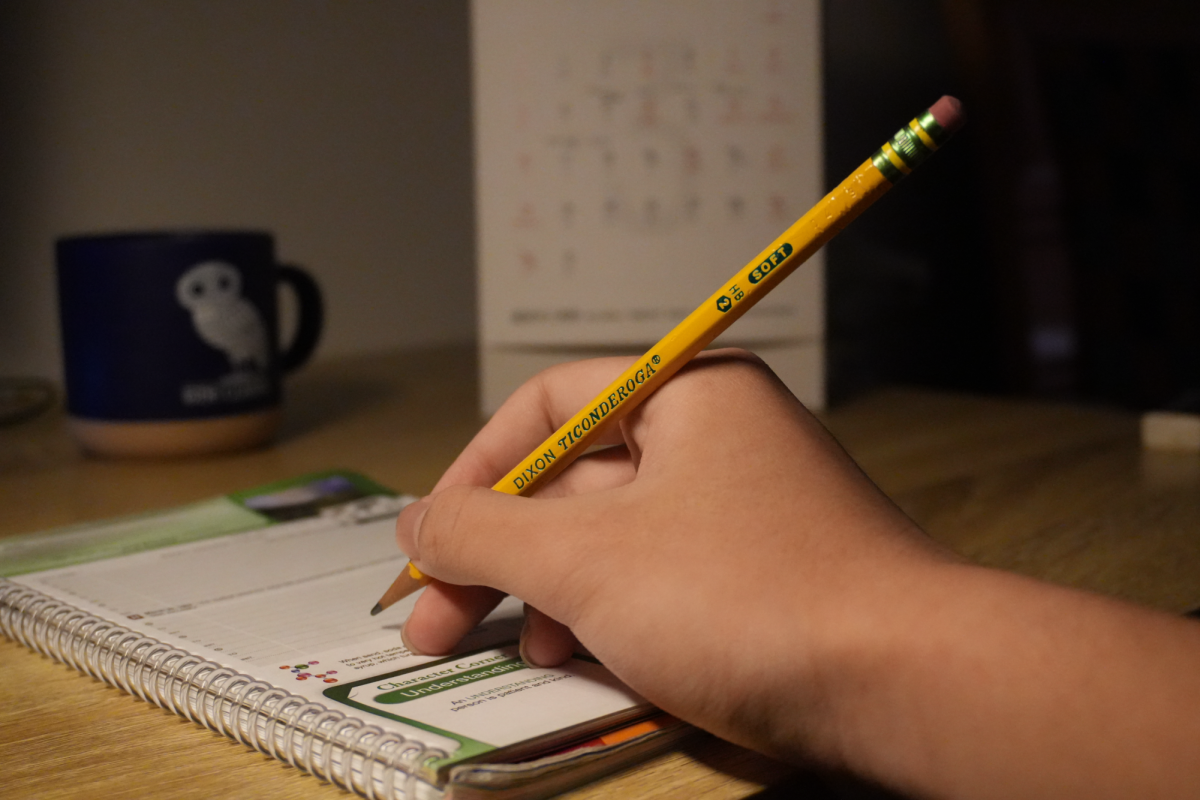


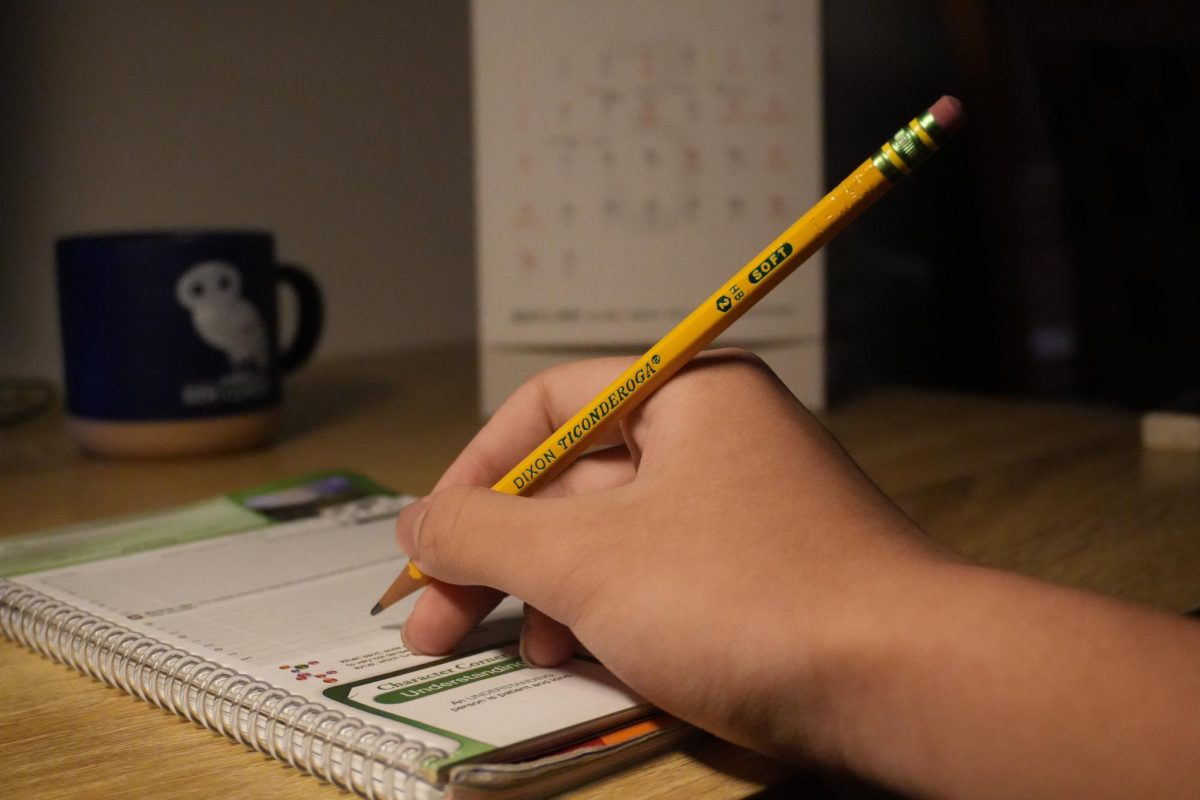

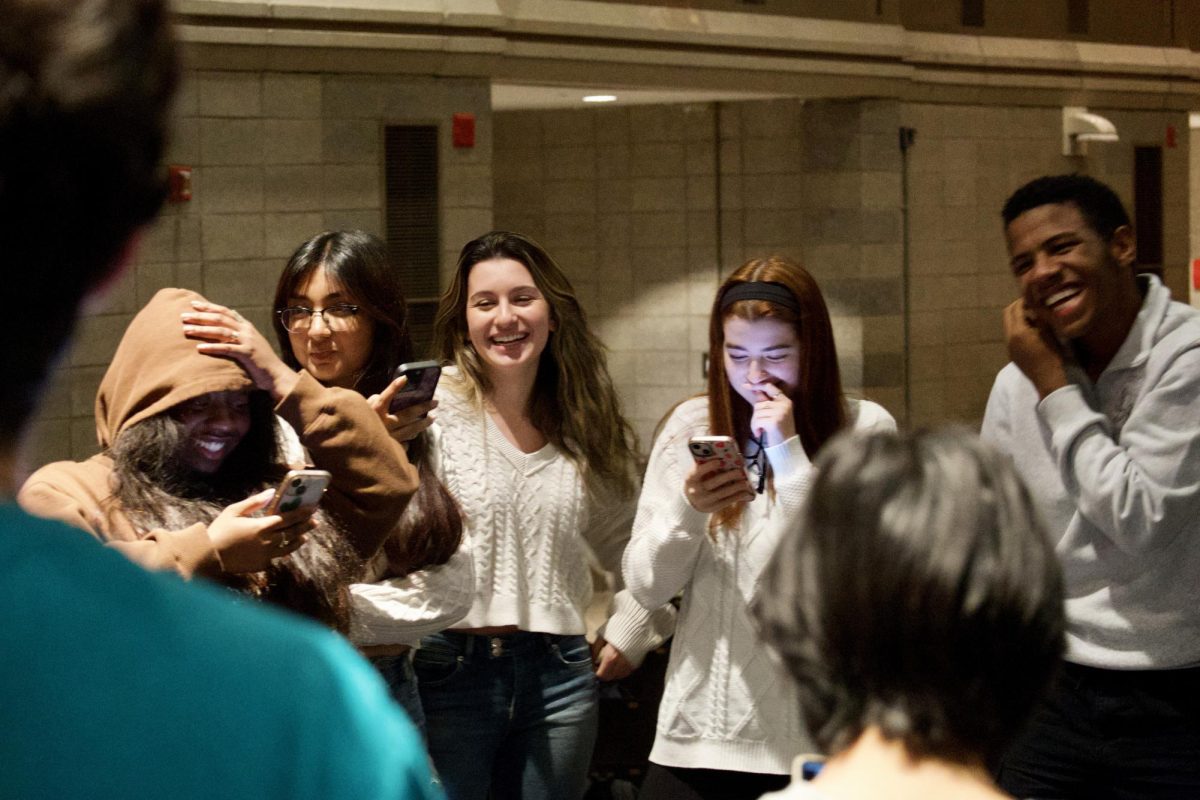
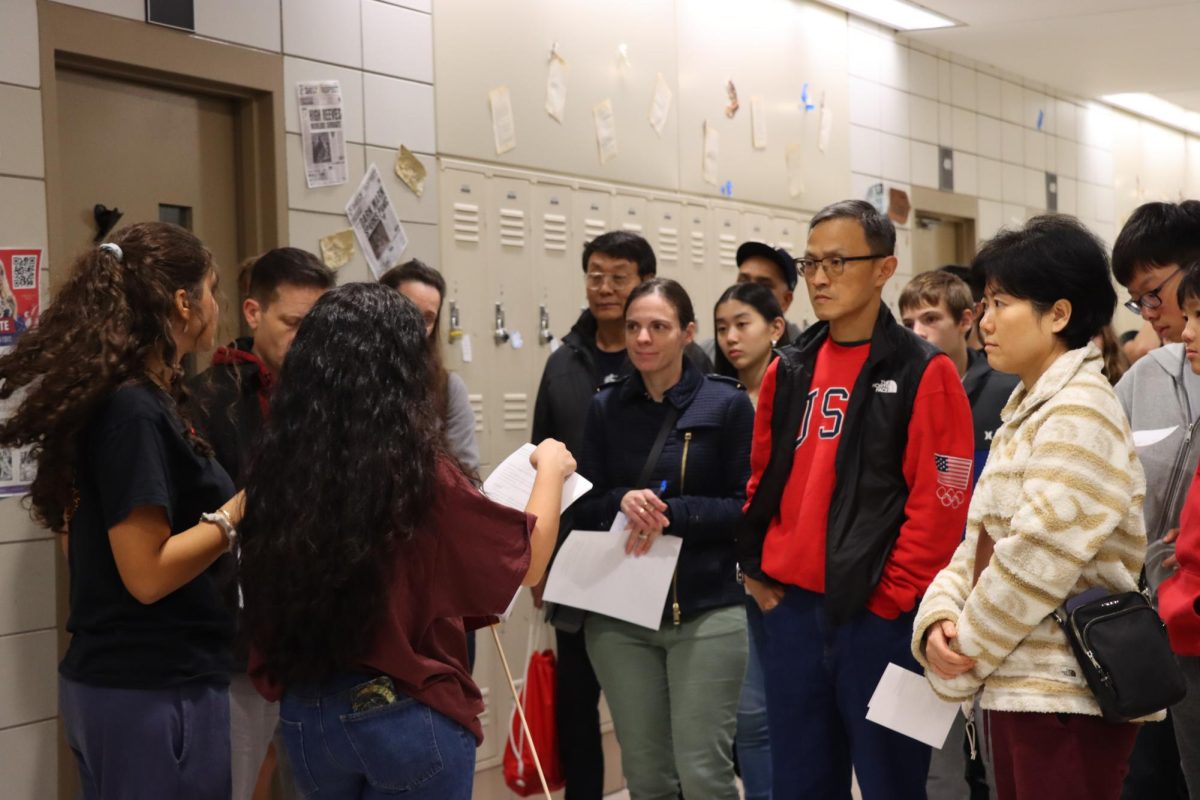











Noah Silversmith • Dec 7, 2013 at 10:49 pm
good stuff